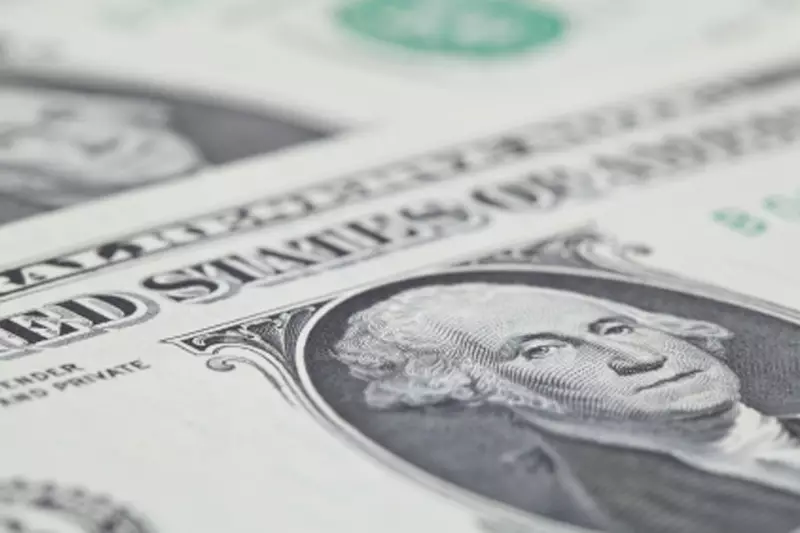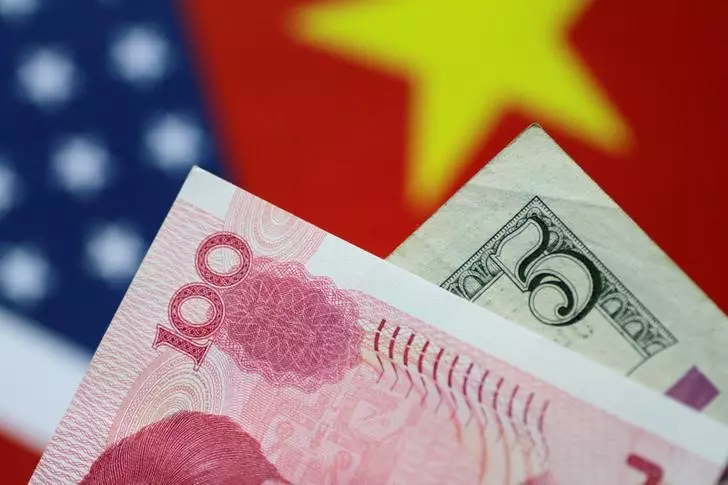The Rising Dollar: Analyzing Recent Trends and Market Sentiments

The U.S. dollar experienced notable appreciation recently, fueled by political changes and shifting economic sentiments. Following the re-election of Donald Trump, the dollar has gained traction ahead of significant economic indicators, particularly inflation data due to be released soon. This optimistic momentum is reflected in the Dollar Index, which measures the dollar’s performance against a selection of other major currencies. As of the latest reports, the index registered a 0.3% increase, building on last week’s 0.6% rise. This trend presents a fascinating case study of how political events and economic policies intertwine to influence currency values.
Market analysts have interpreted Trump’s continued presence in the White House as creating potential inflationary pressure through his administration’s proposed tariffs and immigration reforms. Such policies could trigger expectations of prolonged monetary accommodation by the Federal Reserve, leading to a slower pace of interest rate reductions. Despite a recent cut in interest rates by the Fed, the dollar has managed to maintain a substantial portion of its gains, indicating underlying resilience.
Interestingly, insights from analysts at ING reflect a divergence in opinions regarding the dollar’s long-term prospects. While some predict a gradual decline in dollar strength facilitated by the delay in tariff implementation and shifts in the Fed’s policy stance, others assert that the clean outcome of elections could simultaneously enhance consumer and business confidence in the U.S. This dichotomy showcases the complexities of predicting currency trends, as multiple factors converge—ranging from geopolitical dynamics to domestic economic indicators.
The upcoming consumer inflation data for October, scheduled for release, is expected to draw significant attention from investors and analysts alike. The implications of these data points could either propel the dollar’s strength further by reinforcing the currently bullish outlook or temper enthusiasm should results not meet expectations. Additionally, several Federal Reserve officials are preparing to address the market this week, further shaping narratives around future monetary policy direction.
Across the Atlantic, the trajectory of the Euro has been significantly affected by Trump’s tariff proposals, which threaten European exports. The EUR/USD pair has seen a decline, reflecting concerns over potential economic impacts in the eurozone, amid Germany’s political upheaval. The recent dismissal of Finance Minister Olaf Scholz indicates instability within the German government, and analysts hint at looming snap elections which could heighten uncertainty in the region. Given these macroeconomic undercurrents, the expectation for further intervention by the European Central Bank (ECB) to bolster the eurozone economy remains high.
Meanwhile, in the UK, the pound has similarly responded to recent monetary policy moves by the Bank of England. The central bank’s decision to cut interest rates signals ongoing efforts to stabilize the economy amidst a shifting political landscape, sparking debates regarding future monetary policy. As the new Labour government rolls out its expansionary budget, market watchers are keenly interested in guidance from BoE Governor Andrew Bailey, especially regarding potential rate adjustments in light of Trump’s inflationary policies.
The performance of the dollar against Asian currencies paints another layer of complexity in the current market environment. The USD/CNY pair continues to reflect strength, nearing three-month highs as China’s government plans to enhance fiscal spending to address local government debt. However, the announcement fell short of robust measures anticipated by investors, highlighting tensions within China’s fiscal strategy.
The USD/JPY dynamics reveal further instability, as uncertainty surrounds the Bank of Japan’s next moves following divergent opinions within the central bank on interest rate hikes. This indecision has weakened the yen, especially against a backdrop of Japan’s recent political shifts and the ruling Liberal Democratic Party’s loss of parliamentary majority.
Overall, the rising U.S. dollar presents a composite picture of a complex interplay between domestic and international influences. Markets remain on edge as participants await key economic indicators and pronouncements from central banks, which could define the dollar’s trajectory moving forward. The coming weeks promise to be pivotal in shaping both market strategies and the broader economic narrative.





